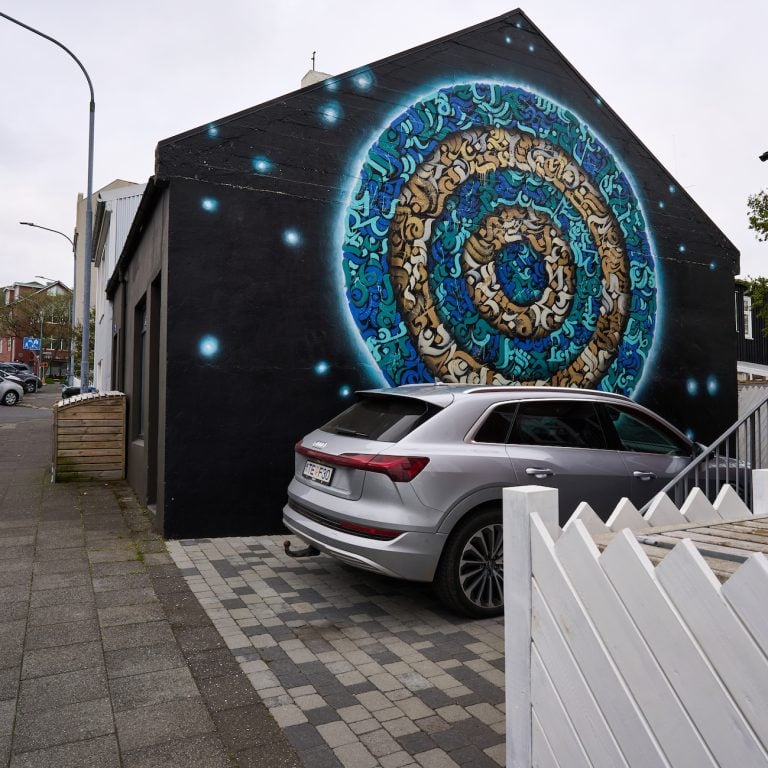During the first 150 years of the capital, the street names were derived from their locations, such as Hafnarstræti and Lækjargata, or from the names of farms such as Laufásvegur and Grundarstígur. About a hundred years ago, when the city of Reykjavík began to expand, this methodology was no longer sufficient. Then the idea was born that entire neighbourhoods should have street names that were connected, reminders of each other. This is how it came to be on the south side of Skólavörðuholt. Names such as Njarðargata, Urðarstígur, Baldursgata, names after the gods of the Norse religion that are mentioned in Snorra-Edda. The idea was, as can be seen on Njarðargata, to build a continuous row of two, three or four-storey stone houses as was known to be found in Köben and Berlin in the Goðahverfið. But it didn’t work out, because Reykjavík’s city council couldn’t get permissions to demolish all the small houses in the area, most of them built from scrap materials, from organ boxes and random corrugated iron. Icelandic Times / Land & Saga visited the Goðahverfi, a name that never really stuck to the district, but the houses still stand there a hundred years later in the center of the capital. Like a small village in the middle of the city center.
All the pictures are taken in this small neighborhood between Baldursgata and Njarðargata today.
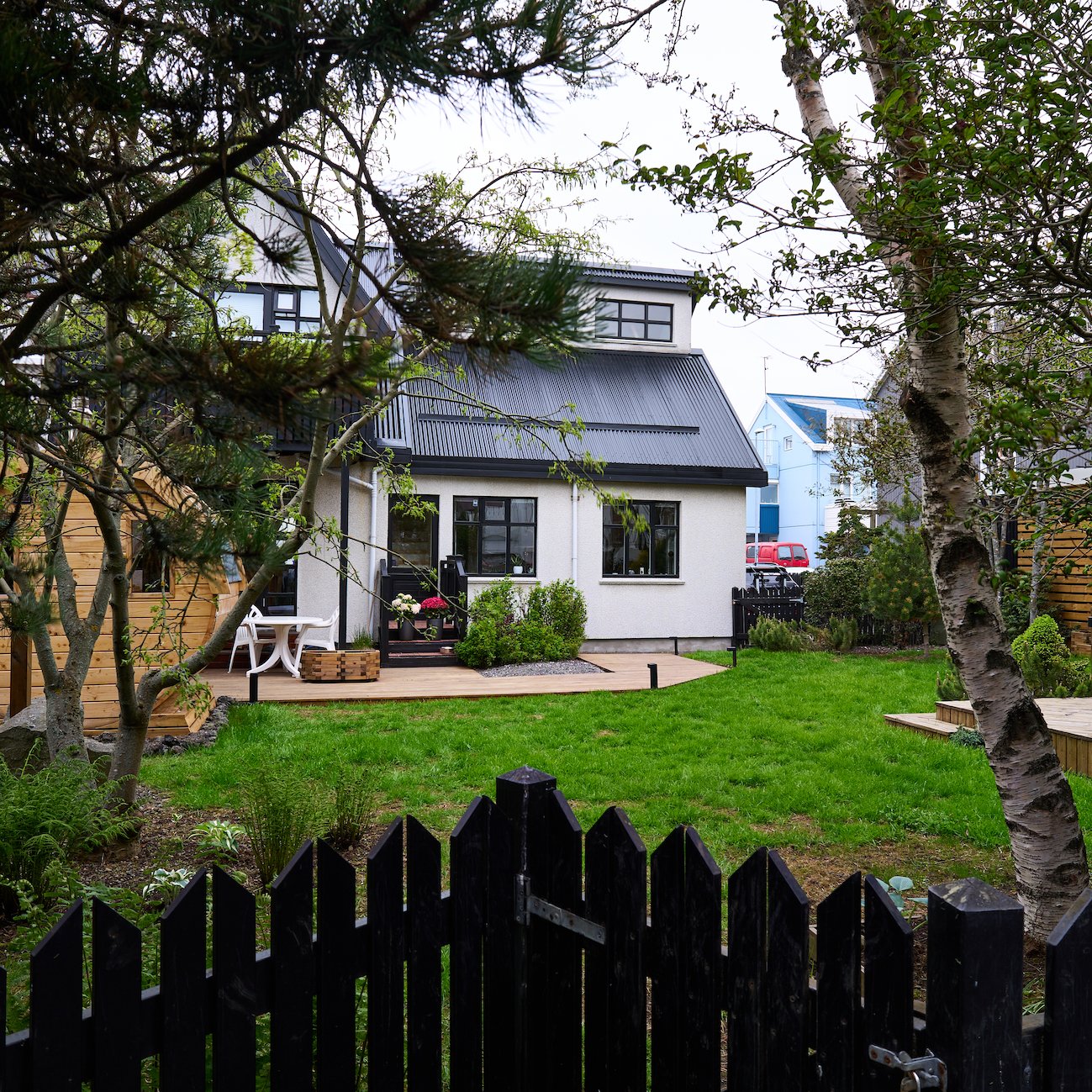
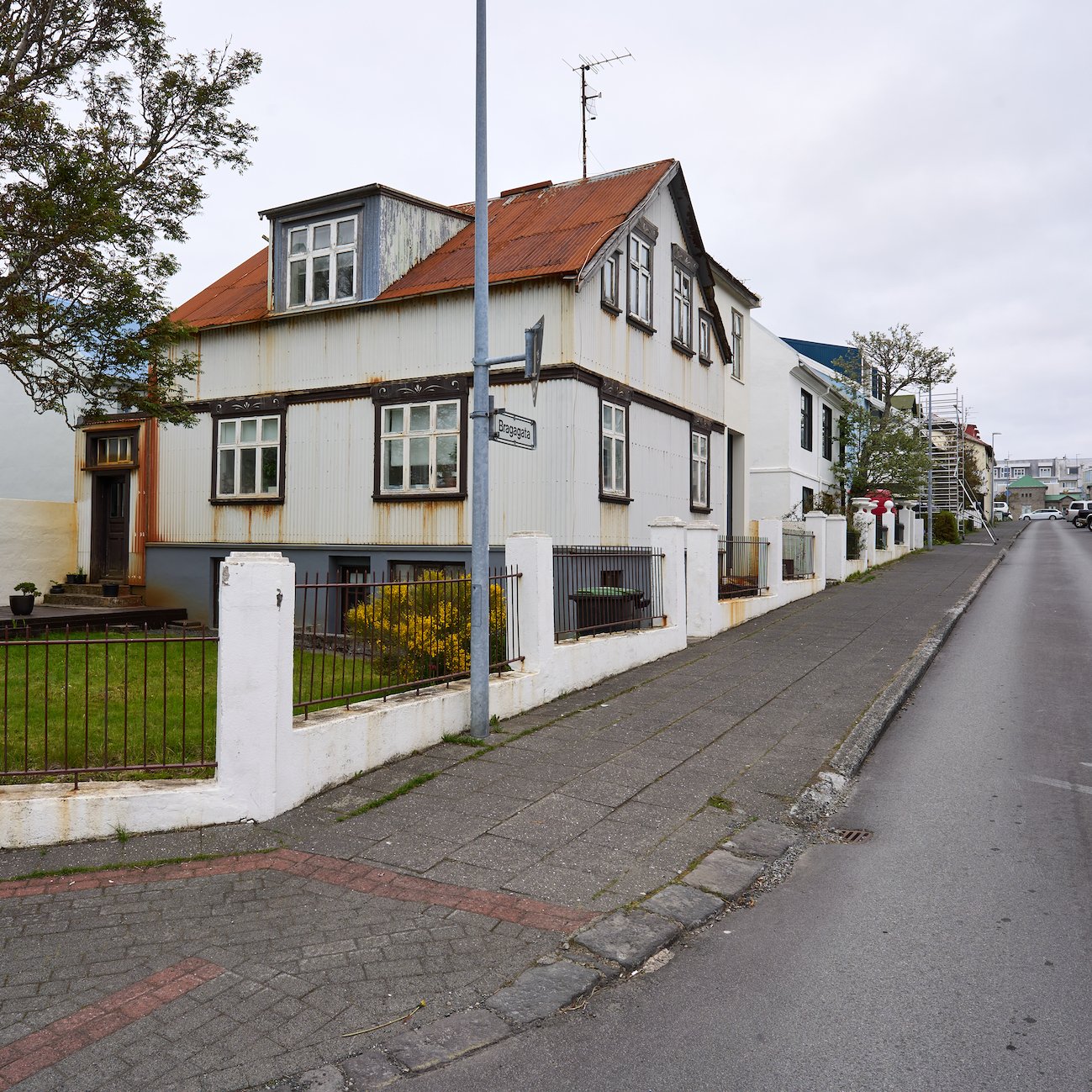
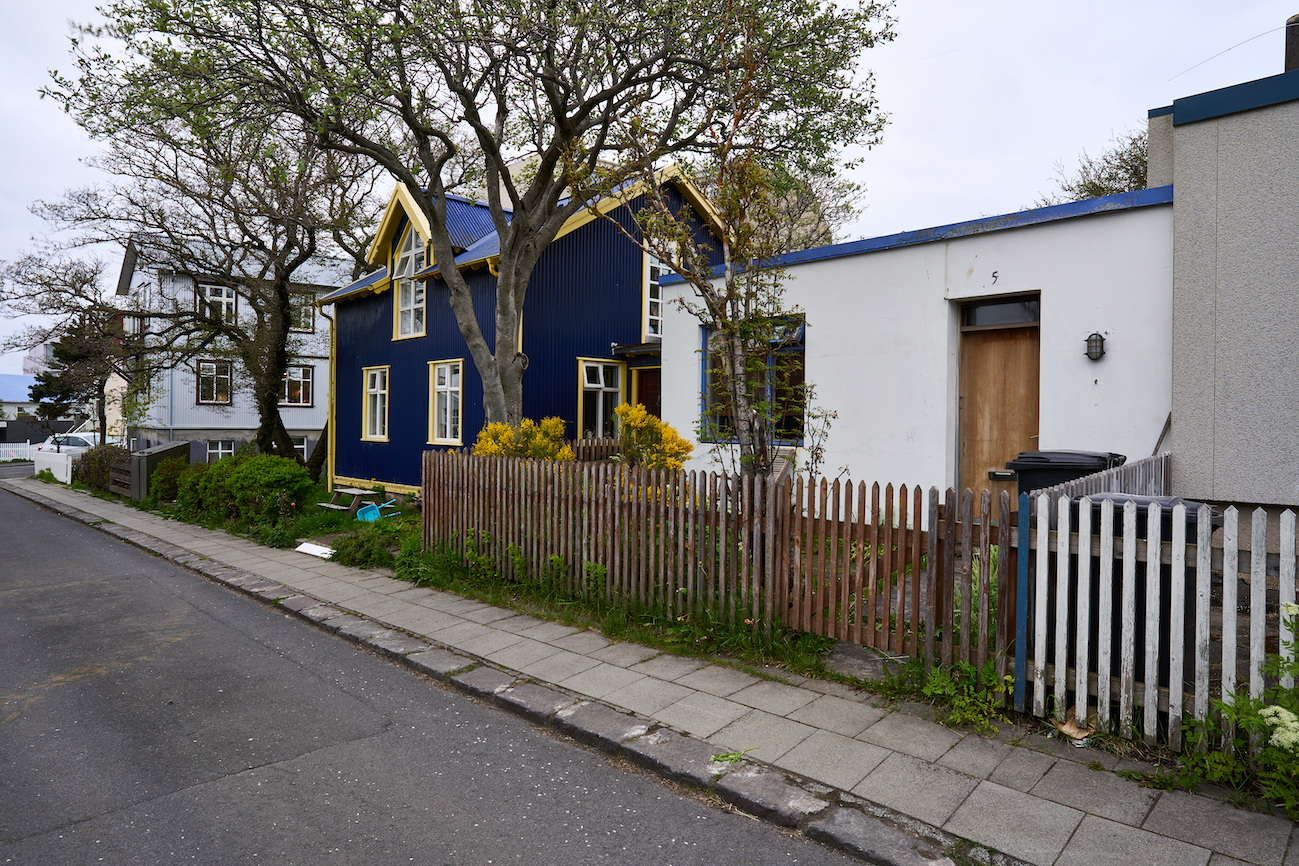
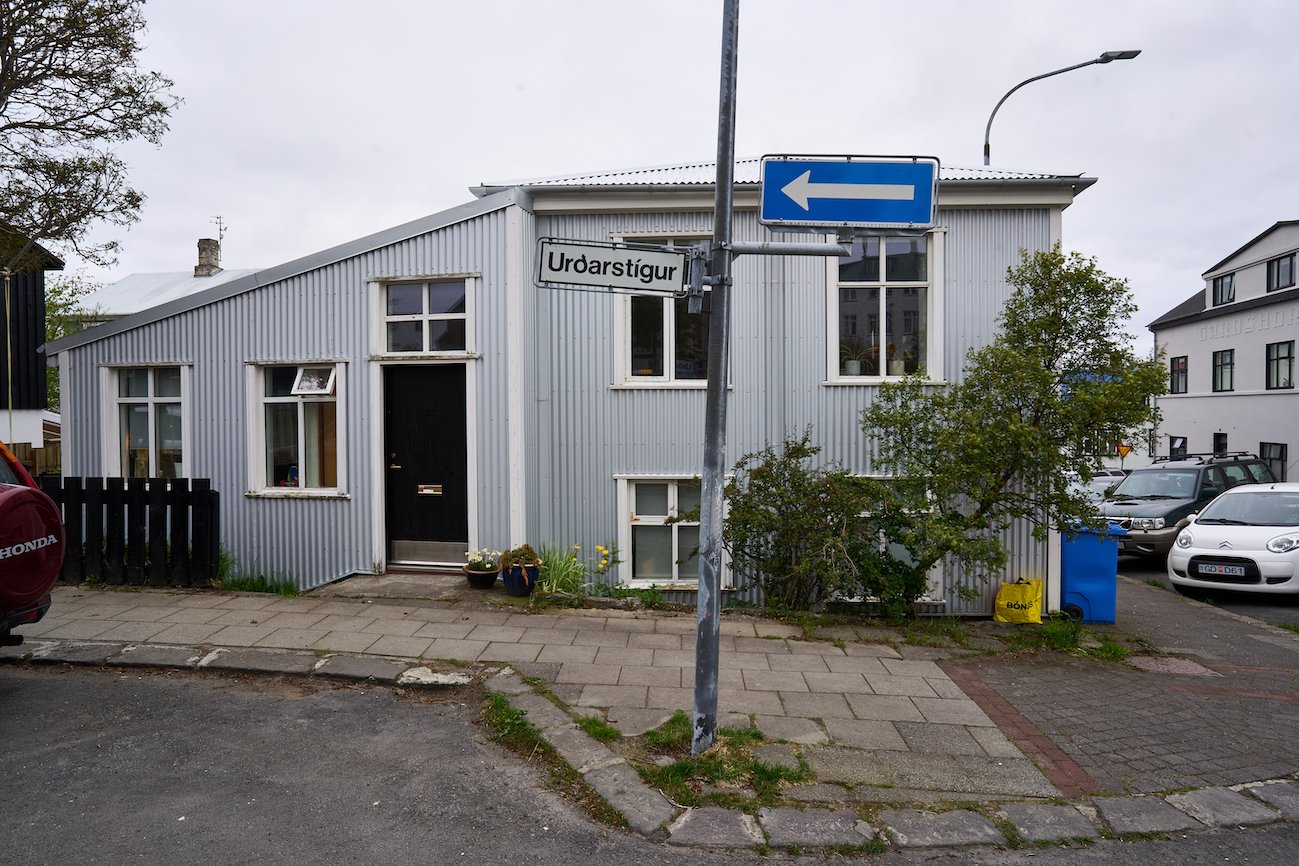

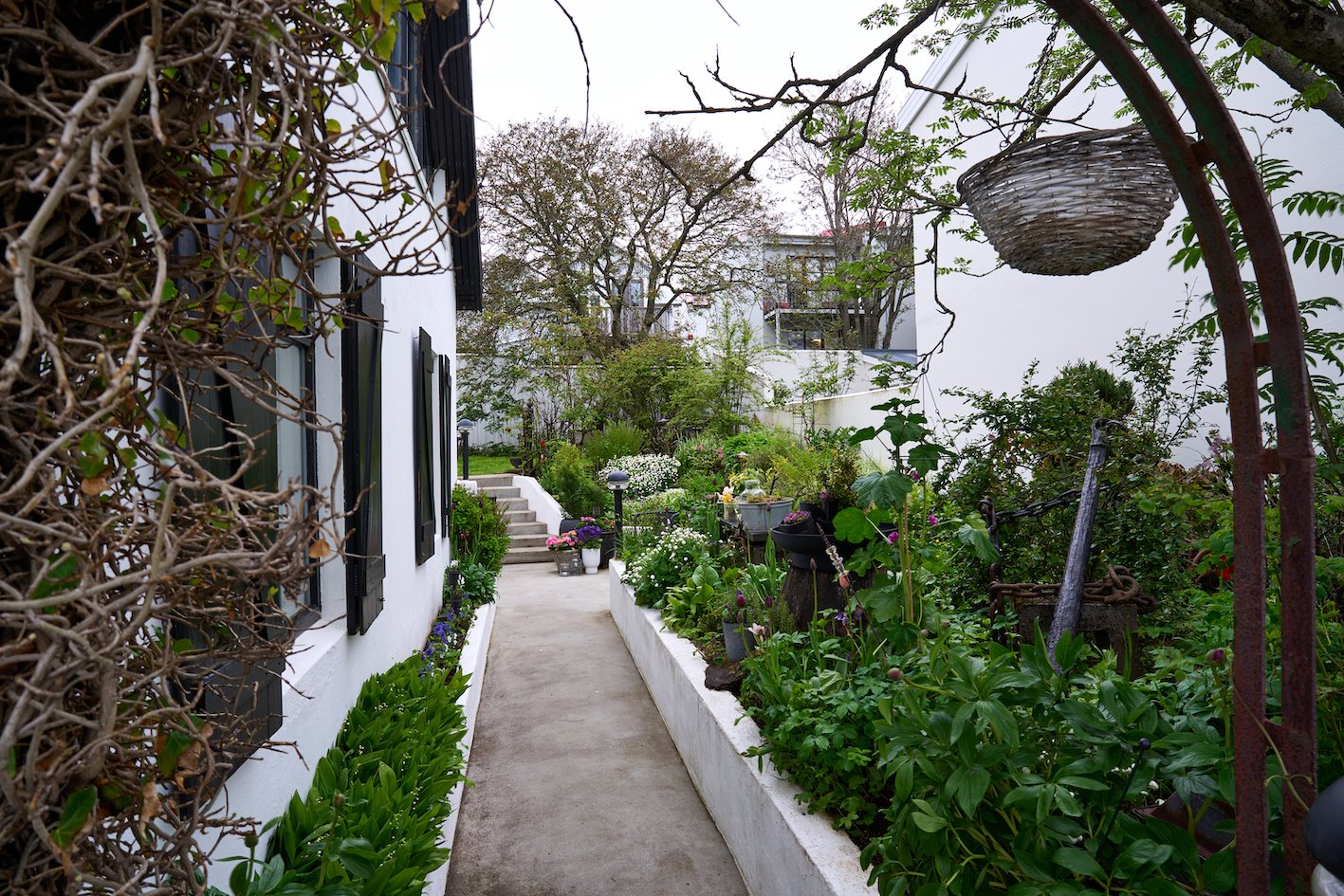 Photographs & text: Páll Stefánsson
Photographs & text: Páll Stefánsson
Reykjavík 11/06/2023 : A7C : 2.8/21mm Z



